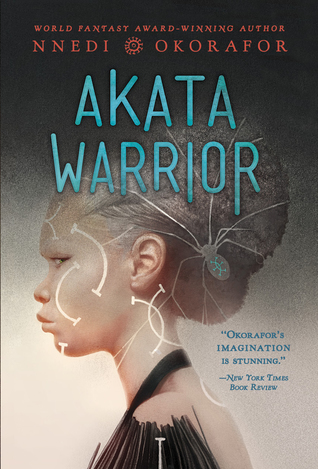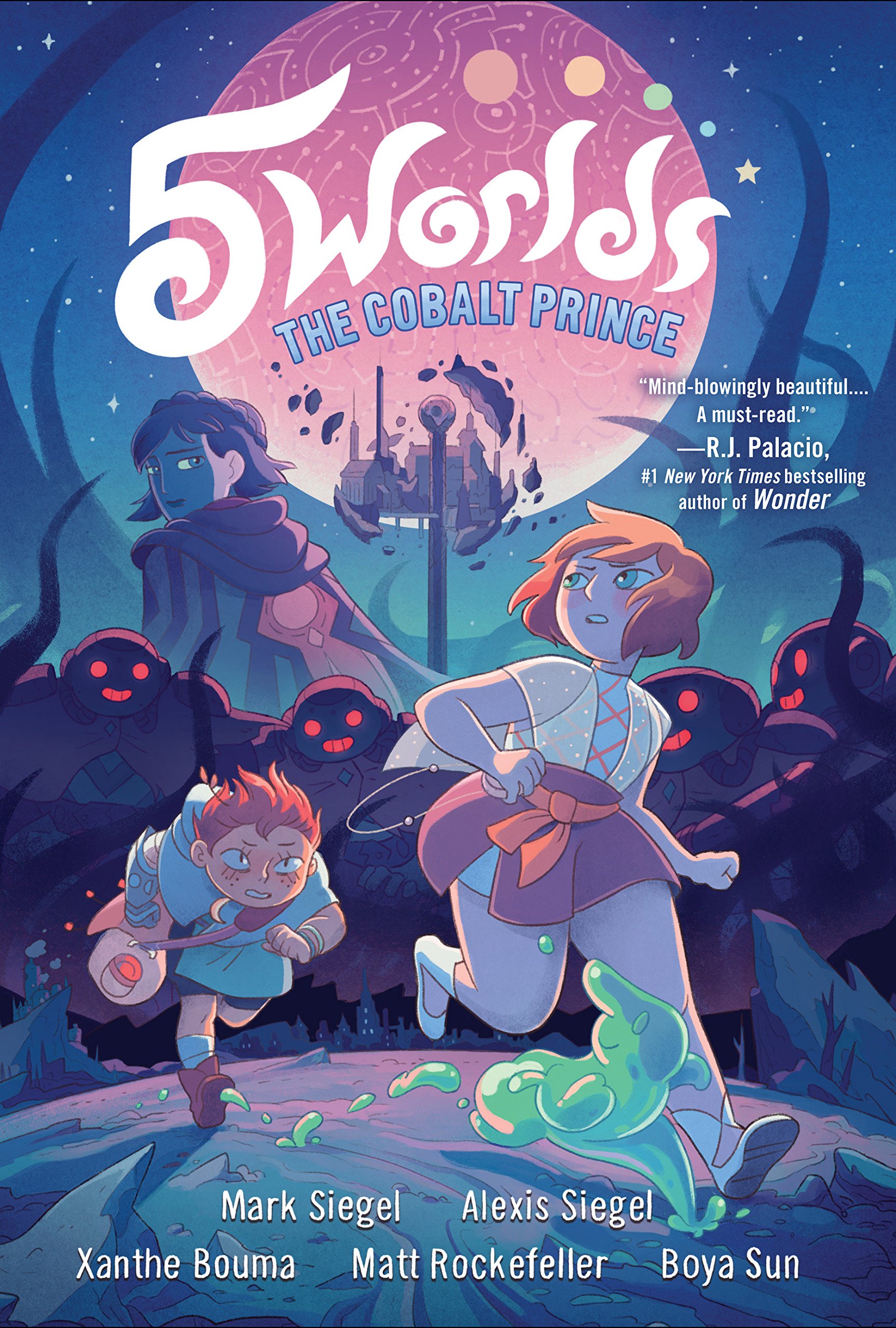[button color=”black” size=”big” link=”http://affiliates.abebooks.com/c/99844/77798/2029?u=http%3A%2F%2Fwww.abebooks.com%2Fservlet%2FSearchResults%3Fisbn%3D9780552159845″ target=”blank” ]Purchase here[/button]
Two of my favorite authors teamed up in 1990 to write this irreverently funny take on prophecy, the Antichrist, and Armageddon. Then audiobook reader Martin Jarvis joined the party and kept me in stitches for a week’s worth of my daily drive to and from work.
The full title of the book is Good Omens: The Nice and Accurate Prophecies of Agnes Nutter, Witch. We find out, within the book, that Agnes had the misfortune of being the only 100% accurate prophet in English history. As a trade-off for all her predictions coming true, Agnes couched them in bizarre riddles which are impossible to decipher until after their fulfillment; and she made sure that her book of prophecies, its only surviving copy handed down through generations of her descendants, focused specifically on the fortunes and misfortunes of her own family. So, where it comes to predicting the winners of the next World Series, Mrs. Nutter will be no help. But she has plenty to say about the End of the World.
Meanwhile, in the hilariously twisted cosmos imagined by Messrs. Pratchett and Gaiman, the powers of Good and Evil have their own plans. An eleven-year countdown to Doomsday begins with the birth of the Spawn of Hell in a tiny, rural hospital run by a very talkative order of nuns who are secretly satanic. The nuns are supposed to swap the Antichrist-child with the son of an American diplomat and his wife, but due to a farcical mix-up, he gets raised by a salt-of-the-earth family in a small English village and turns out, by sheer chance, to be a rather nice boy. Adam Young unwittingly uses his reality-bending powers to keep his hometown safely isolated from the rapidly changing outside world. Even the hellhound sent to Adam on his eleventh birthday becomes, at his master’s whim, an adorable little mongrel with one twisted ear. Adam’s small gang follows him in an endless series of games driven by the power of sheer imagination… hardly guessing how much power that is. And the angels of light and darkness haven’t a clue.
Two of those angels have formed an unlikely friendship over the millennia, in spite of being on opposite sides. Aziraphale (the flaming-sword guy from the Garden of Eden) and Crowley (formerly Crawly, the serpent from ditto), disapprove of each other’s methods but get along like an old married couple. They rather like the world, particularly the comforts of twentieth-century life, and aren’t in a hurry to see it end. But what can they do, when those higher up (and lower down) will brook no interference in the Ineffable Plan?
Whatever they do, it’s going to be a mess. For not just the two angels, but a lot of other confused people with conflicting points of view show up for the party, including an apprenctice witch-finder whose heart isn’t quite in it, a nice young witch with an encyclopedic knowledge of coming events, and the Four Horsemen of the Apocalypse, who are now more accurately described as the Four Motorcyclists and who enjoy their work a little too much. The tension of worldwide catastrophe builds and builds, not (as one might expect) in the Middle East, but in a sleepy village in the English countryside where all depends, finally, on whether young Adam’s nature (being the Seed of Satan) or nurture (his nice upbringing) win out.
Here is a book that impishly pokes at millennialistic notions about the End Times, the interpretation and re-interpretation of obscure medieval prophecies that fill pages of each week’s supermarket tabloids. It might, perhaps, poke a little harder than one quite likes at Judaeo-Christian cosmology in general, and it certainly deserves both “occult” and “adult” content advisories. But if you lighten up a little, you might enjoy it anyway; enjoy it for its quirky characters, the comic-opera pacing of its various plot-lines, the goofily bizarre imagery, the cutting wit, and the disarming silliness of the sayings and doings it describes, from the revenge of a medieval witch about to be burned at the stake to the good-natured bickering of four children in an idyllic small town. All that and a funny dog too! How can it go wrong?
Recommended Age: 14+


